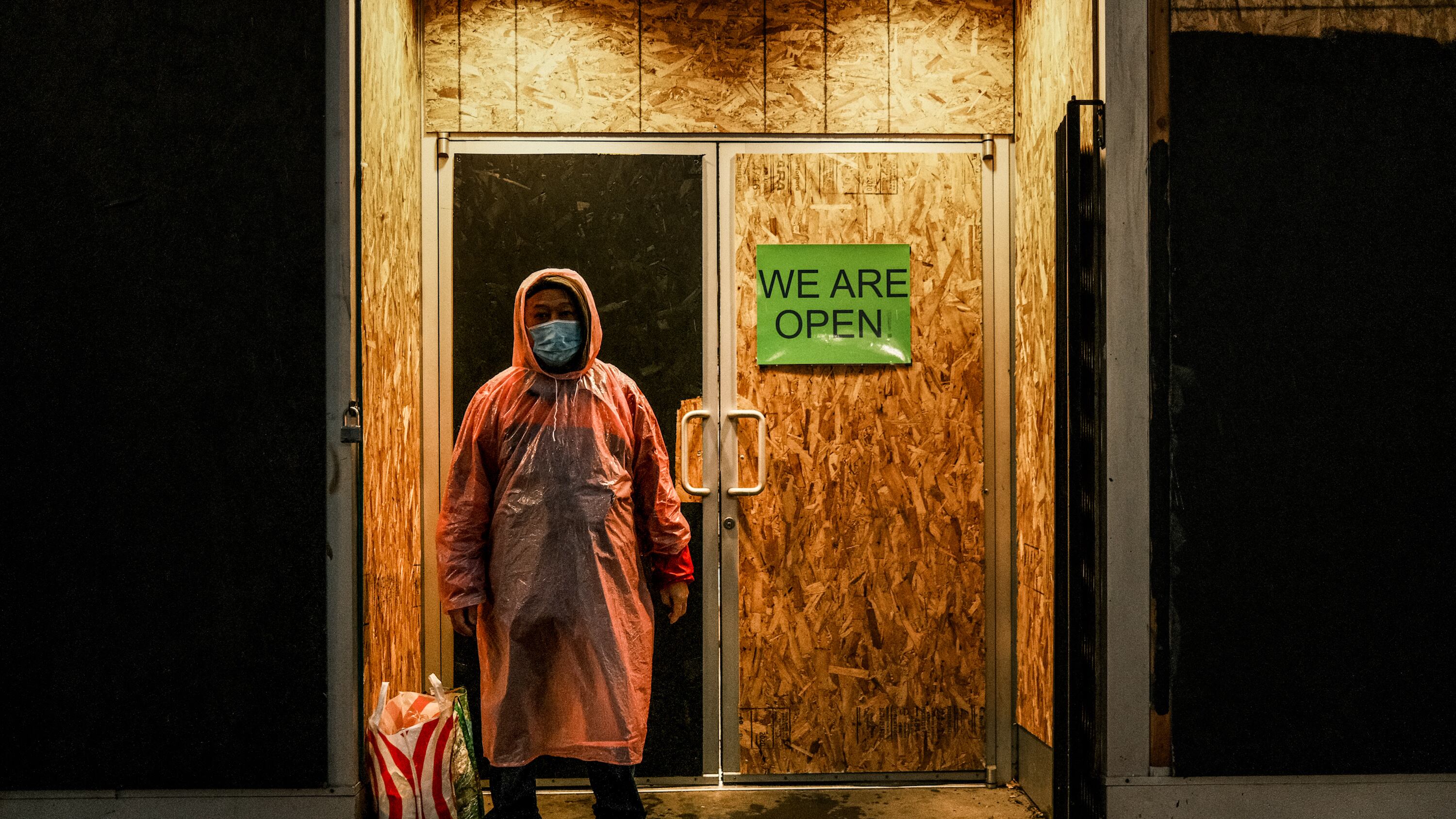Eight months after she first ordered Oregonians to stay home, Gov. Kate Brown is issuing a series of criteria that lay out when the state will close indoor dining and gyms on a county-by-county basis.
In the future, the governor will make some restrictions more stringent and some less than they have been during the two-week freeze that she announced statewide.
For the 21 counties currently classified as experiencing "extreme risk" of COVID-19 transmission, restaurants will be allowed to offer outdoor dining no matter the case count, beginning Dec. 3, when the freeze ends. (The dining will actually have to be outdoors, in structures that are open to the air on three sides.)
That's less strict than the current criteria, although the state has not defined a risk category that would ever close outdoor dining. Brown merely included such closures in the freeze currently in place statewide.
Similarly, churches will no longer be limited to 25 people; instead, the limit will be 100 people, or 25% of occupancy limits, whichever is smaller.
In contrast, retail establishments will be limited to 50% capacity instead of the current 75% capacity. That's a more stringent limit.
The state is defining extreme risk counties as those that have registered 200 cases per 100,000 residents over the previous 14 days and 10% or higher test positivity.
Currently, 21 counties in the state are categorized as extreme risk, including all three Portland metro-area counties—Multnomah, Washington and Clackamas.
The new categories do not change criteria for opening schools or emergency child care.
